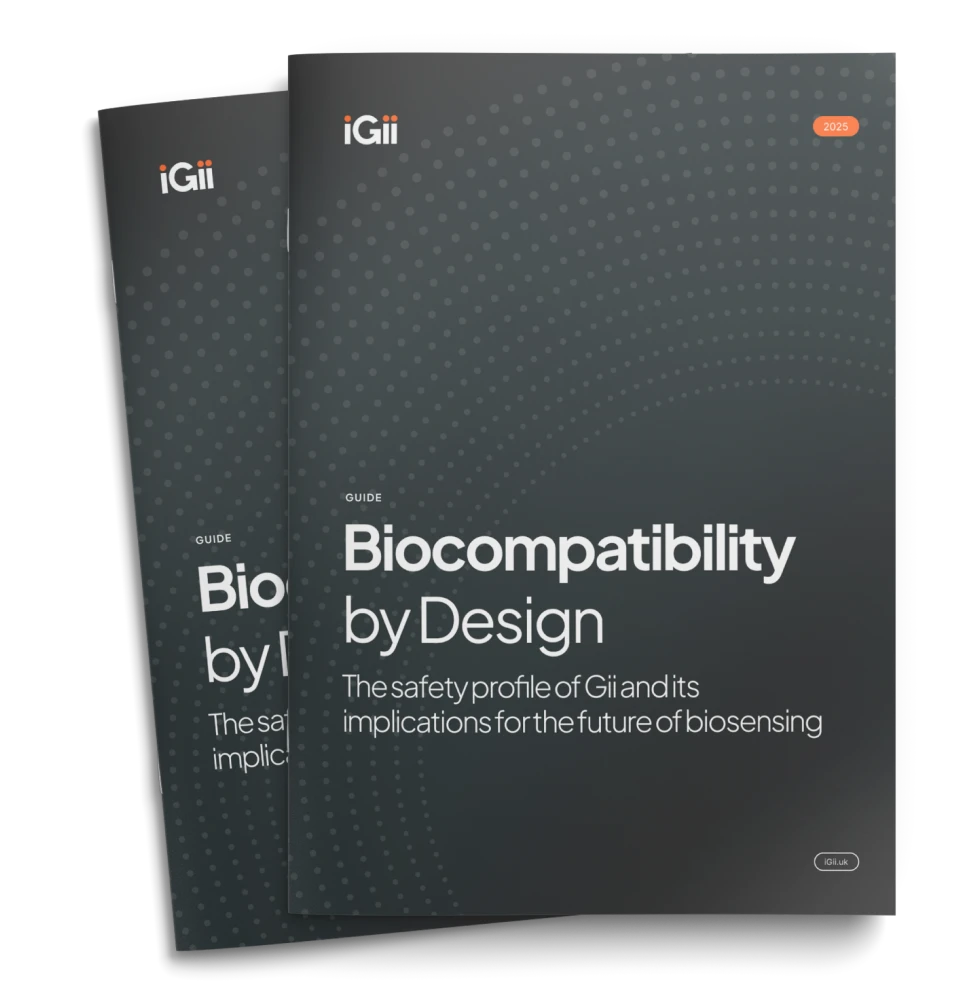Tested to the highest standards
Over 18 months, Gii underwent a full ISO 10993 biocompatibility programme. The work was carried out by an independent, certified CRO under Good Laboratory Practice.
Nine separate studies assessed the material across a range of biological interactions from short-term exposure to long-term implantation.
Every test was passed. No additional mitigations were required.
Gii is biocompatible.
Toxicological risk assessment
(ISO 10993-17)
Extractables and leachables analysis
In vitro cytotoxicity (elution method)
Skin irritation and sensitisation
Subcutaneous implantation
Systemic toxicity
(14- and 28-day exposure)



